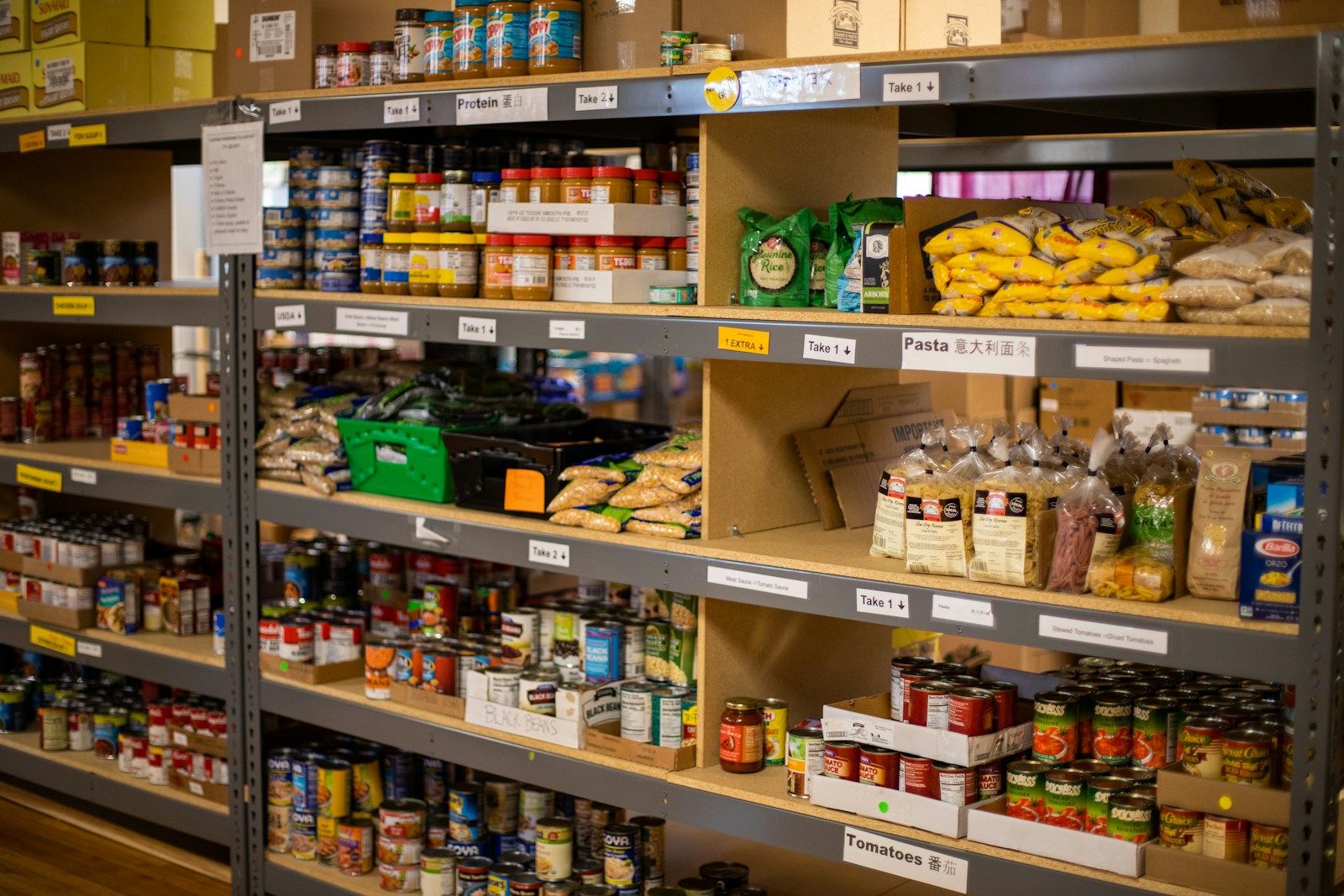A few years ago, I barely gave canned goods a second glance. They seemed like the backup singers to fresh produce and frozen meals—reliable, sure, but not exactly exciting. That changed quickly once I realized just how versatile, affordable, and essential they can be. Between unpredictable weather, inflation, and the occasional grocery store frenzy, I’ve come to view canned goods not just as pantry fillers, but as vital tools in my kitchen arsenal.

Whether you’re prepping for storm season, planning efficient weekly meals, or simply looking to stretch your food budget without sacrificing flavor, stocking up on canned goods is a smart move. Here’s why.
Why I’m Prioritizing Canned Goods Now More Than Ever
We live in unpredictable times. I’m not talking about doomsday prepping or stockpiling like it’s the end of the world—but let’s be honest: having a solid stash of shelf-stable food offers peace of mind.
Here’s what changed my perspective:
- Rising grocery prices: I’ve watched fresh food prices climb higher and higher. Canned versions often offer the same nutrients at a fraction of the cost.
- Extreme weather and emergencies: As a Floridian, hurricane season isn’t something I take lightly. Power outages, closed roads, and store shortages make it crucial to be prepared.
- Convenience without compromise: I don’t always have time to soak beans or slow-roast tomatoes. With canned foods, I can whip up hearty meals in under 30 minutes.
Plus, let’s not forget food waste. My fresh spinach might wilt in the fridge, but that can of chickpeas is ready when I am.
What I Always Keep in My Canned Goods Stash
Over time, I’ve built a pretty solid rotation of go-to canned items. Here’s what’s usually in my pantry—and why:
1. Beans of All Kinds
From black beans to cannellini to garbanzos, I always have at least a few cans on hand. They’re protein-packed, fiber-rich, and crazy versatile.
My favorite uses:
- Black bean tacos with avocado and lime
- White bean and kale soup
- Roasted chickpea snacks for crunch
2. Tomatoes in Every Form
Crushed, diced, whole peeled, fire-roasted—you name it, I’ve got it.
These go into:
- Pasta sauces
- Shakshuka
- Stews and curries
Pro tip: San Marzano-style tomatoes are worth the slight upgrade. The flavor is deeper and sweeter.
3. Canned Fish
Tuna, salmon, sardines, and even smoked mackerel play a bigger role in my meals than I ever expected. Packed with omega-3s and shelf-stable for ages, they’re perfect when I need a quick hit of protein.
I use them in:
- Tuna salad wraps
- Salmon cakes with lemon-dill yogurt
- Sardines on toast with hot sauce (don’t knock it until you try it)
4. Coconut Milk
An underrated MVP. I keep a couple cans for adding creaminess to soups, curries, and even desserts.
Try it in:
- Thai red curry with veggies
- Coconut-lime rice
- Overnight oats for a tropical twist
5. Vegetables and Fruits
I stick to lower-sodium and no-sugar-added options here, but don’t underestimate the usefulness of canned corn, green beans, pineapple, or peaches.
They’re great for:
- Quick stir-fries
- Cobbler or crisps
- Mixing into cornbread or muffins
How I Rotate and Store My Stash
Keeping canned goods around isn’t just about tossing them on a shelf and forgetting them. I like to keep things fresh and functional:
- First in, first out: When I buy new cans, I place them behind older ones so I use the oldest first.
- Organize by type: I group beans, veggies, proteins, and sauces together for easy meal building.
- Check expiration dates: Most canned goods last years, but I still give them a once-over every few months.
And yes, I’ve definitely got a few rogue cans hiding in the back that I’ve forgotten about, but I’m working on it.
Canned Doesn’t Mean Compromise
Some people still turn their noses up at canned foods. I get it. We’ve been told that “fresh is best” for so long that we sometimes forget how much nutrition—and flavor—cans can pack.
But here’s what I’ve learned:
- Canned beans have nearly the same protein and fiber as cooked-from-scratch.
- Tomatoes are actually better for you canned, since the heat processing boosts lycopene levels.
- Tuna and salmon still retain their omega-3s and are often cheaper than fresh options.
And let’s talk about taste. With the right seasonings and a little creativity, canned goods can become the base for comfort meals that are anything but bland.
A Few of My Favorite Canned Good Combos
When I don’t feel like meal planning, I go back to these basics:
- Bean Bowl: Black beans, corn, diced tomatoes, cumin, garlic powder, and hot sauce. Over rice or with tortilla chips.
- Quick Chili: Canned chili beans, tomatoes, tomato paste, and ground beef or lentils.
- Pasta Night: Canned crushed tomatoes, garlic, olive oil, and herbs simmered into a 15-minute red sauce.
Sometimes I’ll even toss a can of peaches into my pancake batter or use canned pumpkin in oatmeal. The options are endless.
The Big Picture: Food Security, Preparedness, and Peace of Mind
Canned goods aren’t just about getting by—they’re about staying ready. Whether it’s a power outage, a paycheck that needs to stretch, or just one of those nights when cooking feels like a chore, my pantry has my back.
I’m not stockpiling out of fear. I’m building a pantry that’s thoughtful, flexible, and ready for whatever life throws my way. If you’ve been overlooking canned goods, now’s the time to reconsider. They’ve earned their place at the table.
Because when the power goes out, the fridge fails, or I just need dinner now, that little aluminum can isn’t just convenient—it’s clutch.
Leave a Reply